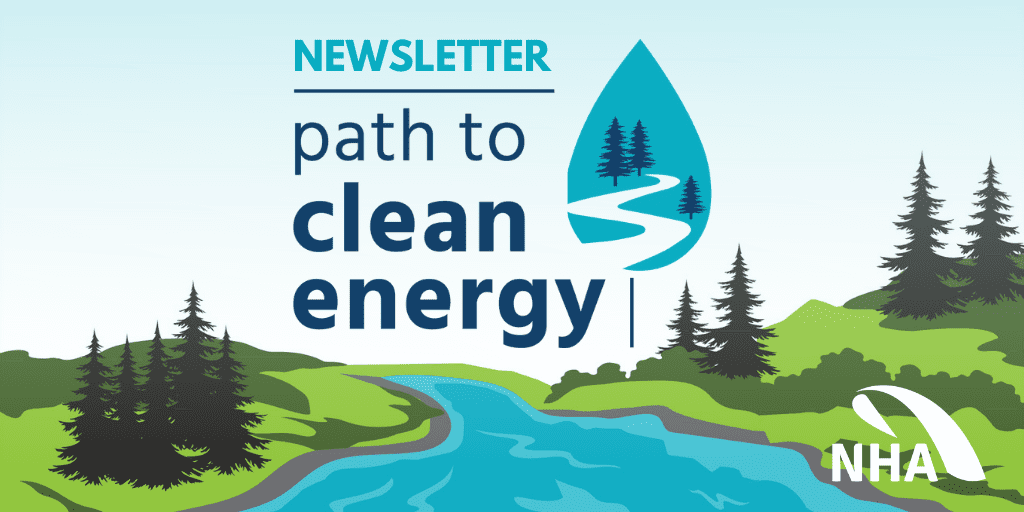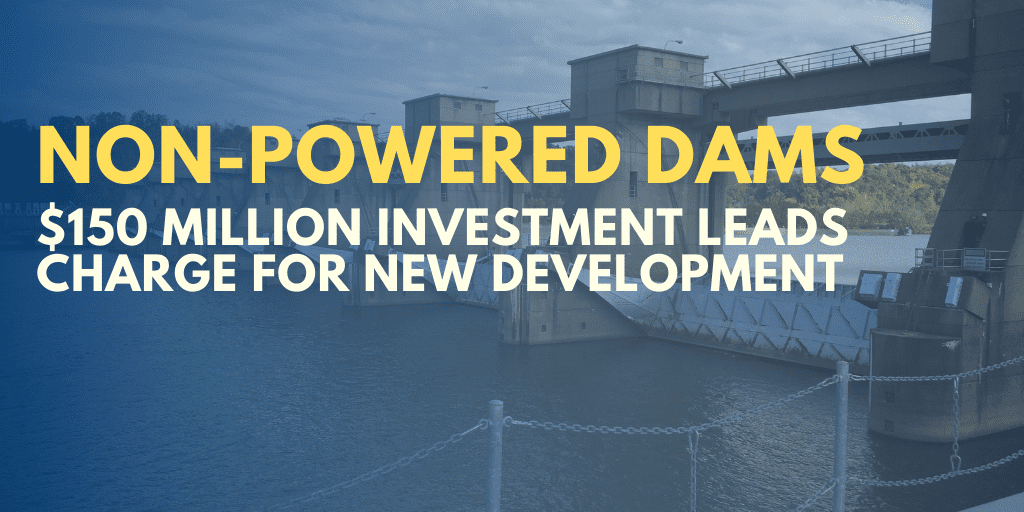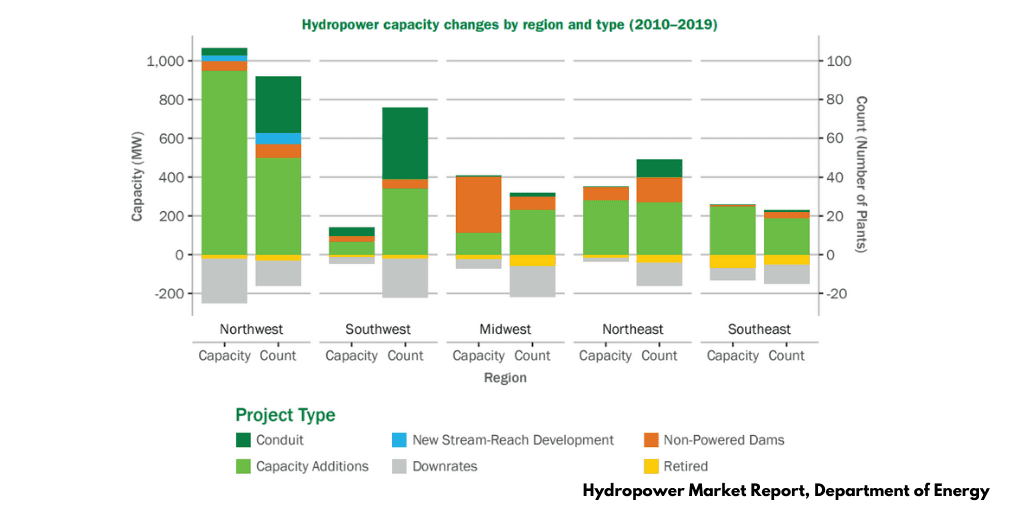
In this edition of the Path to Clean Energy Newsletter, we put a spotlight on new investments in non-powered dam development, delve into the latest advancements in hydropower technology, and explore the industry’s growth over the last decade.

New $150 Million Investment Leads Charge for U.S. Non-Powered Dam Hydropower Development
Is there a pathway for hydropower’s growth in the U.S.? As an industry, that is the number one question we receive from the public. As the nation’s first renewable, hydropower is too often thought of as being tapped out. Today, much to the contrary, hydropower’s growth potential is being realized in a variety ways – from efficiency upgrades to new pumped storage hydropower projects. However, adding hydropower generation to existing, non-powered dams sits at the top of the list.
There are 90,000 dams throughout the U.S., and only a small fraction (3 percent) are equipped to generate power. Of those existing dams, the Department of Energy has found that by 2050, the potential exists to sustainably add nearly 5 gigawatts of clean energy to our electricity grid.
That said, few realize that over that last decade, the industry has steadily chipped away at clean energy’s most prized low-hanging fruit. From 2010-2019, 35 non-powered dams have been retrofitted to generate hydropower, representing a combined capacity of 465 MW. Communities across the nation are increasingly looking at their existing non-powered dams as a source of clean energy.
Equally important, investors are beginning to recognize the viability of hydropower, despite high upfront costs. It was recently announced that infrastructure investment firm Climate Adaptive Infrastructure (CAI) is investing up to $150 million to develop 22 non-powered dams as a source for zero-carbon electricity. The projects will provide 250 MW of power, which represents over half of the installed capacity developed over the last decade. According to news reports, the projects will be built in Kentucky, Louisiana, Mississippi, Ohio, Pennsylvania and West Virginia.
CAI’s planned investment is just the tip of the iceberg for non-powered dam potential. Last year, the Federal Energy Regulatory Commission, along with the departments of the Army, the Interior, and Agriculture, issued guidance for the development of existing non-powered federal dams that have the greatest potential for non-federal hydropower development. The final list includes 230 non-powered federal dams, sorted by potential capacity, with the largest site being 299.3 MW and the smallest 1.01 MW.
While there is more non-powered dam development on the horizon, new projects are happening today. In September of last year, Missouri River Energy Services brought online the Red Rock Hydroelectric Project in Iowa, a 36.4 MW project that will power over 18,000 homes and businesses. And in Livingston Texas, East Texas Electric Cooperative placed in service the 24.0 MW Lake Livingston Hydroelectric Project.
As the Biden Administration works to address climate change, adding generation to non-powered dams can certainly play a larger role in America’s clean energy future.

Hydropower Industry Embraces New Technological Advancements
Unbeknownst to many, the hydropower industry, which has been powering America for over a 100 years, is at the forefront of technology. For years, the industry has been developing new innovative, data-driven solutions to lessen environmental impacts, while also enhancing generation efficiencies.
For example, addressing dissolved oxygen in rivers is a constant challenge for hydropower operators as they work to protect aquatic life. As a demonstration of the latest advancements in dissolved oxygen technology, last year the Department of Energy worked with key industry stakeholders to upgrade the environmental performance of the High Rock Hydroelectric Facility in North Carolina.
The High Rock facility showcased General Electric’s (GE) new hydropower turbine that directly infuses dissolved oxygen into the water. Additionally, High Rock project features Eagle Creek Renewable Energy’s newly developed linear aeration valve to inject oxygen into the river during non-generation periods. Working in concert, the Pacific Northwest National Laboratory (PNNL) installed a new, mobile dissolved oxygen monitoring system to more effectively monitor High Rock’s water quality.
Leveraging advanced tech for environmental enhancements is just one area where hydropower is making strides. With water head levels and flows varying from one community to the next, small hydropower companies are developing modular, intelligent technologies. Nustreem, for example, engineered a modernized, dual-regulated Kaplan turbine with patented intelligence technology that makes automatic adjustments based on real-time information to respond to changes in water flow variability.
As wind and solar has grown over the last decade, hydropower has demonstrated its ability to help integrate those renewables onto the electric grid. But new advancements are reshaping and rethinking how our individual resources can work in tandem. In Hawaii, Kauai Island Utility Cooperative and AES Corp. have signed a power purchase agreement to develop a solar-powered pumped hydro storage project. Expected to come online in 2024, the pumped storage unit would generate 24MW on average daily.
Far from its image of being old-fashioned, hydropower is a dynamic industry that is continuously improving and reinventing itself to be good stewards of the environment and carbon-free generators.

By the Numbers
U.S. hydropower capacity continues to grow through upgrades to existing plants, new hydropower in conduits and canals, and by powering non-powered dams (NPDs), according to the Department of Energy.
- Hydropower capacity has increased by a net of 431 MW since 2017, with total net growth of 1,688 MW from 2010 to 2019.
- At the end of 2019, an additional 1,490 MW, from 217 projects, were in the U.S. development pipeline, 93% of proposed capacity from powering NPDs and expanding existing facilities.


Bloomberg: Bill Gates-Led Fund Raises Another $1 Billion to Invest in Clean Tech
Gizmodo: The U.S. Approves Permit for the ‘Proving Ground for the Future of Wave Energy’
Greentech Media: Kauai to Hit 80% Renewable Power With Solar-Charged Hydro Storage
East Idaho News: How hydropower can help the grid recover from extreme events

ICYMI: Department of Energy and the National Research Labs: The Future of Hydro in a Rapidly Changing Grid
During NHA’s National Hydropower Day LIVE!, the U.S. Department of Energy’s Alejandro Moreno, Director of the Water Power Tech Office, held a live discussion with with the national research labs on “The Future of Hydro in a Rapidly Changing Grid: A DOE Perspective.” with Pacific Northwest National Laboratory, Oak Ridge National Laboratory; and National Renewable Energy Laboratory.



